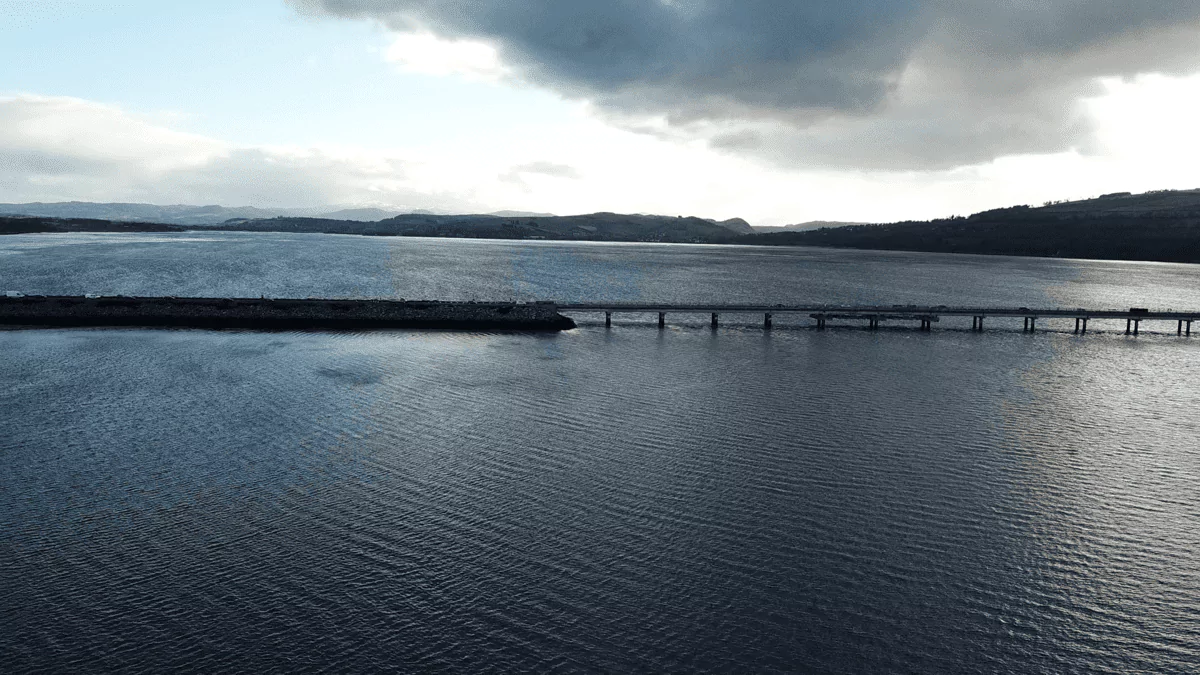
The 1.5 km bridge has 68 spans each approximately 21.5 m long, and it carries the single carriageway A9 highway across the Cromarty Firth north of Inverness. Its strategic importance to Scotland is clear, providing the main access to the north of the country, as well as ferry routes to Orkney and Shetland; the nearest alternative crossing of the waterway is more than 60 km away.



